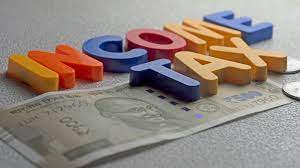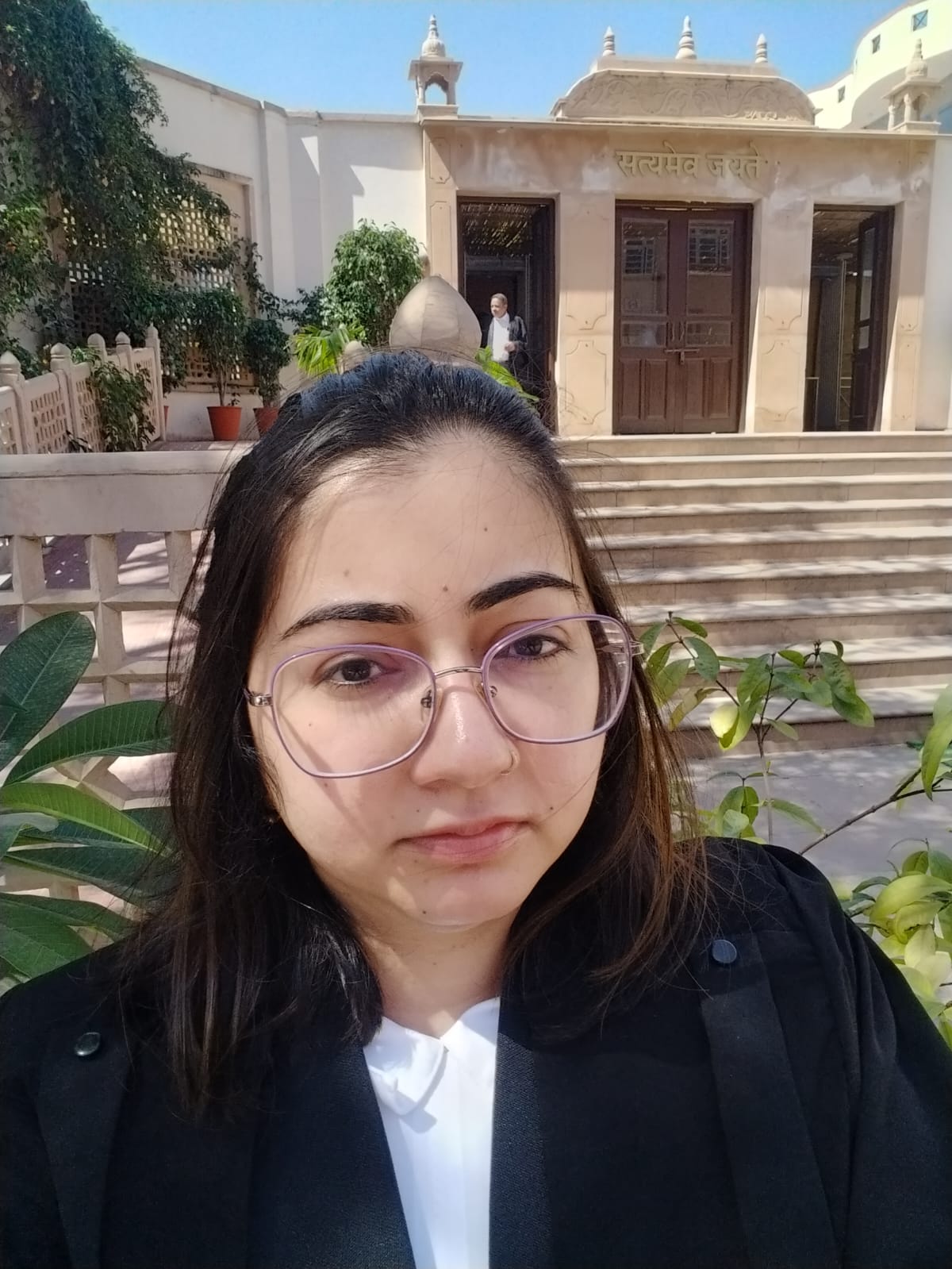A new Section 115 BAC of the Income Tax Act has been added by the Finance Act of 2020, giving individuals the opportunity to choose between the old regular tax rates and new concessional tax rates without taking into account the legal requirements for exemptions or deductions.
According to Section 115BAC of the Income Tax Act, individuals or Hindu undivided families (HUFs) with income other than from a profession or business can choose to be taxed under the new tax regime with reduced tax slab rates. This regime was introduced in the financial year 2020-21 and became the default tax regime from the financial year 2023-24. While opting for the new regime offers lower tax rates, it comes with the trade-off of losing various deductions and exemptions available under the old tax regime. Taxpayers can still opt for the old tax regime by filing Form 10-IEA before the due date of filing their income tax return.

What is Section 115BAC
A person, whether an individual or an undivided Hindu family (HUF), who has income other than income from a profession or business, may exercise the option regarding a prior year to be taxed under Section 115 BAC along with his or her return of income to be furnished under Section 139(1) of the Income-tax Act for each year, according to the new Section 115BAC of the Income-tax Act, 1961.
The requirement that the total income is computed without any specific exemption or deduction set off of a loss and additional depreciation applies to the concessional rate offered under Section 115BAC of the Income Tax Act.
What are the Income Tax Slab Rates Under Section 115BAC?
| Income Bracket (₹) | FY 2024-25 Tax Rate | FY 2023-24 Tax Rate |
|---|---|---|
| 0-3 lakh | 0% | 0% |
| 3-6 lakh | 5% | 5% |
| 6-7 lakh | 5% | 10% |
| 7-9 lakh | 10% | 10% |
| 9-10 lakh | 10% | 15% |
| 10-12 lakh | 15% | 15% |
| 12-15 lakh | 20% | 20% |
| 15 lakh+ | 30% | 30% |
Who is Eligible for Section 115BAC
- The declared income should not cover any of the business income.
- The calculation of it is done without any deductions or exemptions given under the following:
- Chapter VI-A except those under section 80CCD/ 80JJAA
- Section 24b
- Clause (5)/(13A)/(14)/(17)/(32) of Section 10/10AA/16
- Section 32(1)/ 32AD/ 33AB/ 33ABA
- Section 35/ 35AD/ 35CCC
- Clause (iia) of Section 57
- The calculation is done without taking into account losses from past AYs caused by the aforementioned deductions or from real estate owned by the homeowner.
- It is determined without making any exemptions or deductions for any perks or allowances.
- Without claiming any depreciation under clause (iia) of Section 32, the calculation is completed.
Deductions that are Not Claimable Under Section 115BAC
- The standard deduction under section 80TTB/80TTA.
- Entertainment allowance and professional tax on salaries.
- Leave Travel Allowance (LTA).
- House Rent Allowance (HRA).
- Helper allowance
- Minor child income allowance.
- Special allowances under section 10(14).
- Children’s education allowance.
- Interest on housing loan on the self-occupied property or vacant property.
- Chapter VI-A deductions (except Section 80CCD(2) and Section 80JJAA).
- Exemption and deduction for allowances and other perquisites, including food allowance of Rs.50 per meal to a maximum of 2 meals a day.
- Donations are made to a trust or a political party.
- Employee’s own contribution to NPS.
- No deduction for family pension income is allowed from FY 2023-24 onwards.
- A standard deduction of Rs.50,000 upto FY 22-23 is allowed as a deduction.
Which Deductions Are Allowed Under the New Tax Regime?
- Transport allowance is provided to specially-abled persons.
- A conveyance allowance was received as compensation for the expenditure incurred as a part of the employment.
- Allowance is received to meet the expenses of tour, transfer, or travel.
- Daily allowance received in order to meet the ordinary expenses due to his absence from the place of duty.
- Perquisites received for official purposes.
- Exemption on voluntary retirement under section 10(10C), leave encashment u/s 10(10AA) and gratuity under section 10(10).
- Interest on a home loan on the let-out property (section 24).
- Gifts received upto Rs.50,000.
- Deduction for employer’s contribution to NPS account under section 80CCD(2).
- Deduction for additional employee cost.
- The standard deduction is Rs.50,000 under the new regime, applicable from FY 23-24.
- Deduction for family pension scheme under section 57(iia).
- Deduction of the amount deposited or paid in the Agniveer Corpus Fund under section 80CCH(2).
FAQs
What is the basic exemption limit of income tax under the new regime?
The new tax regime currently sets the basic exemption limit at Rs. 3 lakh. This was raised in last year’s budget from Rs. 2.5 lakh by Rs. 50,000. The income tax slabs applicable under the new tax regime are given above.
Is PPF included in the new tax regime?
Tax is not levied on maturity proceeds from investments in the Public Provident Fund (PPF) and Sukanya Samriddhi Yojana. However, in the new regime, investments in these accounts do not qualify for the section 80C deductions up to Rs 1.5 lakh offered by the old regime.
